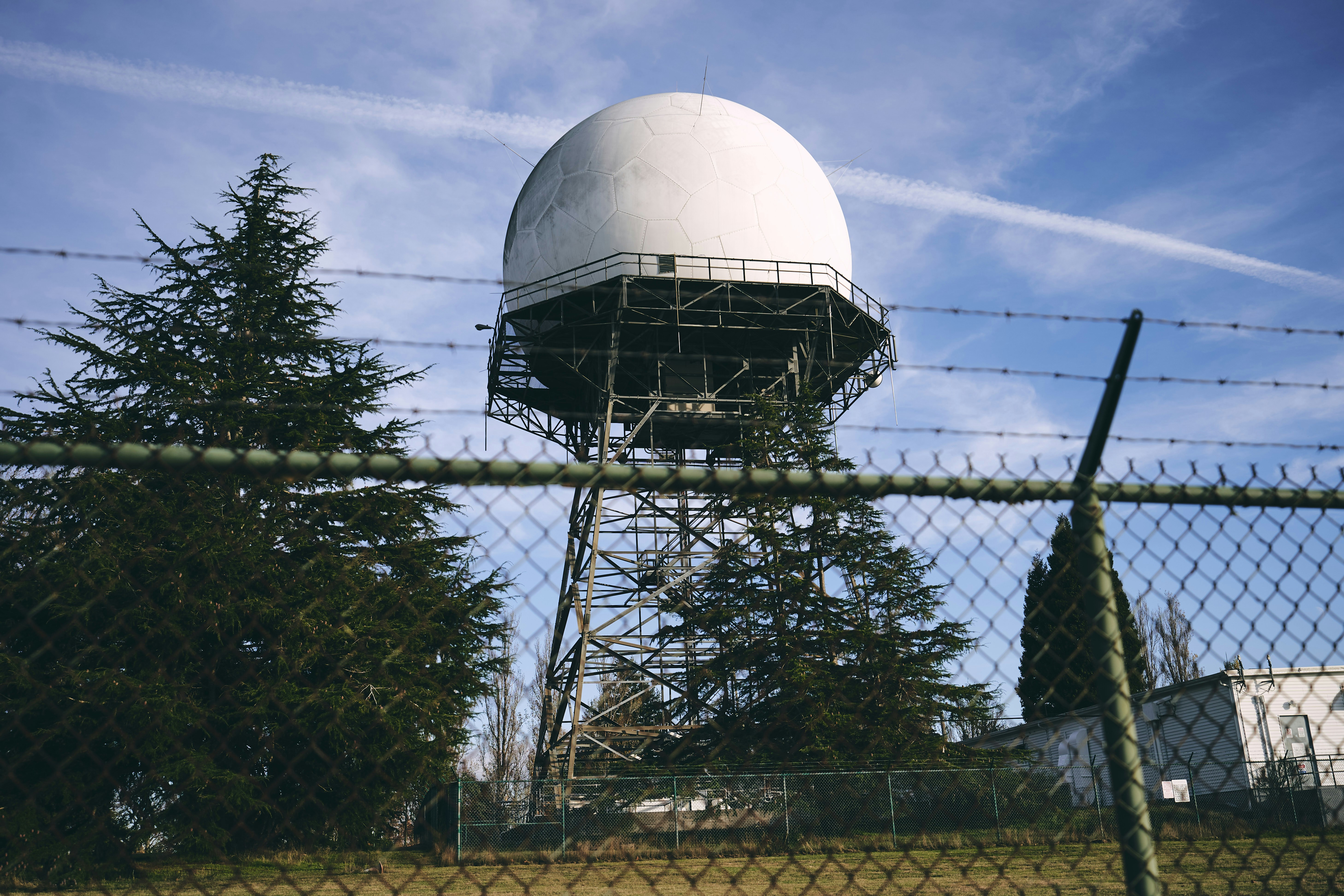Overview
A forward-leaning technology company delivering advanced autonomous vehicles-both aerial and ground-based-for defence applications is seeking an Embedded Software Engineer. The successful candidate will play a critical role in the development, integration, and testing of embedded control systems using PX4 (Pixhawk), Simulink, and MATLAB.
This role is ideal for someone with a strong foundation in model-based design and flight control systems, particularly within the unmanned systems domain.
Key Responsibilities
Develop, configure, and deploy embedded control algorithms on Pixhawk flight controllers using the PX4 autopilot stack.
Use Simulink for model-based development of control and navigation systems, generating C/C++ code for deployment to embedded platforms.
Integrate custom software modules into PX4-based architectures, including UAVCAN, MAVLink, and RTOS-level features.
Perform simulation and hardware-in-the-loop (HIL) testing to validate system performance prior to flight.
Tune control loops, sensor fusion algorithms, and state estimation routines to optimise system behaviour.
Work closely with hardware, mechanical, and systems engineers to align embedded software with system architecture.
Create clear, version-controlled documentation for software and system configurations.
Required Skills and Experience
Proficient in embedded C/C++ programming.
Strong experience with the PX4 autopilot framework and Pixhawk hardware platforms.
Proficiency in MATLAB and Simulink for model-based development and auto code generation.
Knowledge of real-time embedded systems, control theory, and sensor integration (IMU, GPS, barometer).
Experience with UAV systems or similar autonomous robotic platforms.
Familiarity with tools such as QGroundControl, MAVProxy, or Dronecode SDK.
Desirable Attributes
Experience with ROS or other robotics middleware.
Familiarity with aerospace or defence regulations (e.g., DO-178, DEF-STAN).
Background in flight dynamics, state estimation, or navigation algorithms.
Eligible for UK Security Clearance due to the nature of projects.
Comfort working in a fast-paced, multi-disciplinary environment on prototype and production-grade platforms.
Why Join?
You'll be contributing to a company developing mission-critical autonomous systems that support global defence capabilities. This is an opportunity to work on state-of-the-art technology, influence system design, and contribute to innovation in both airborne and ground autonomous platforms



